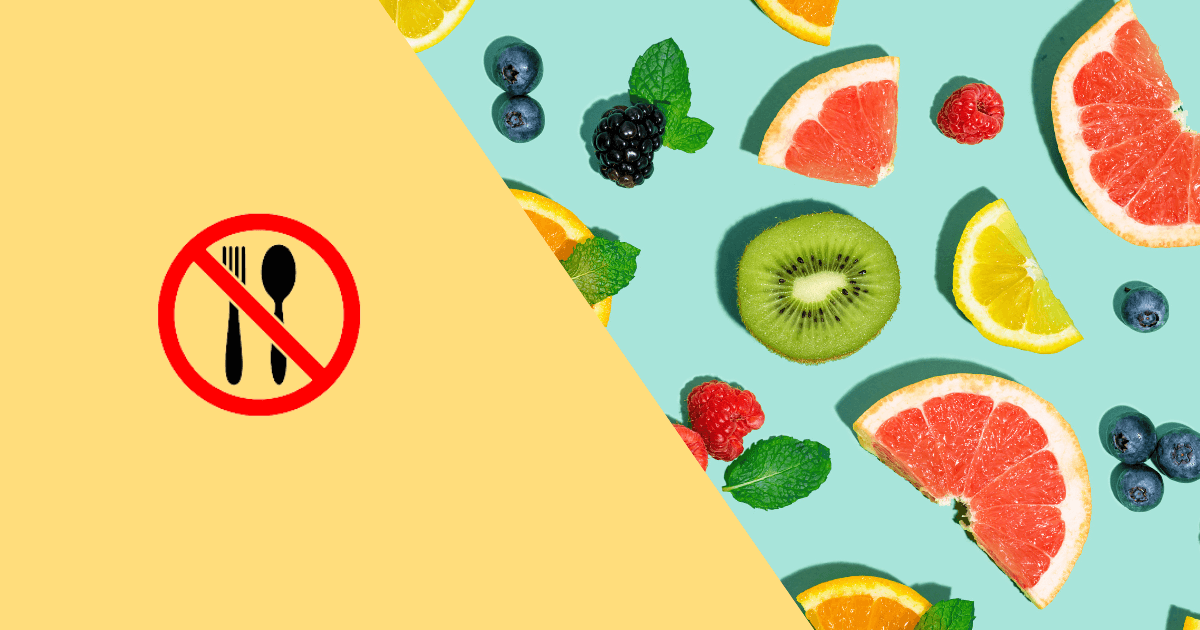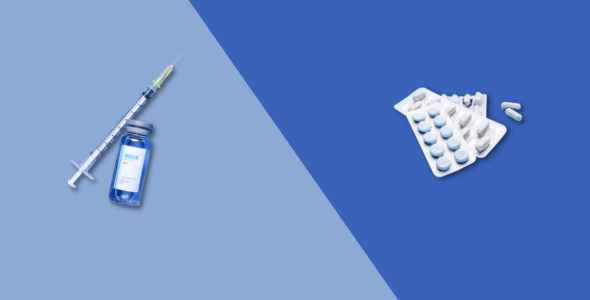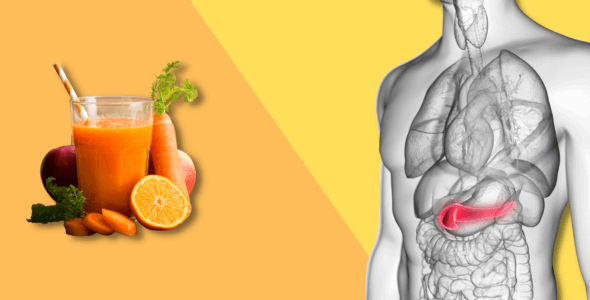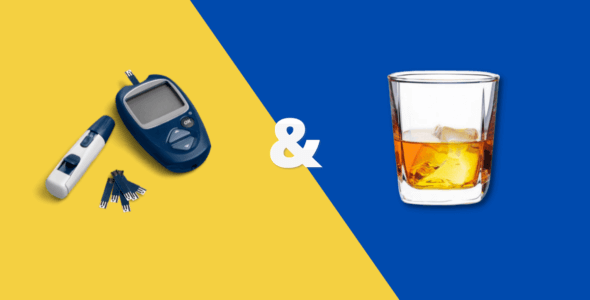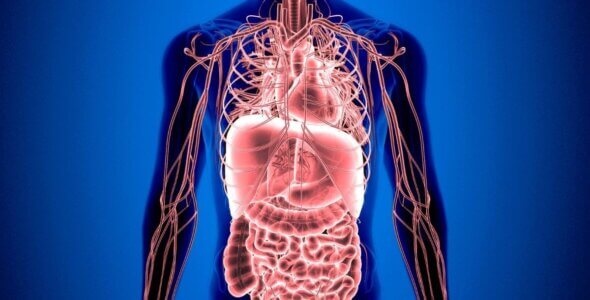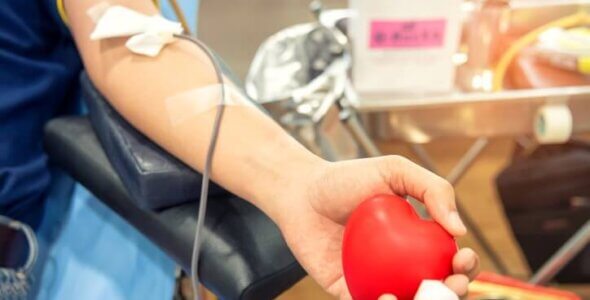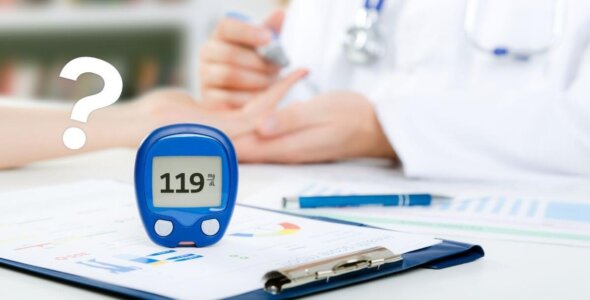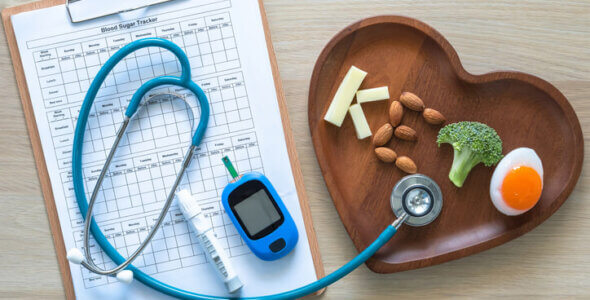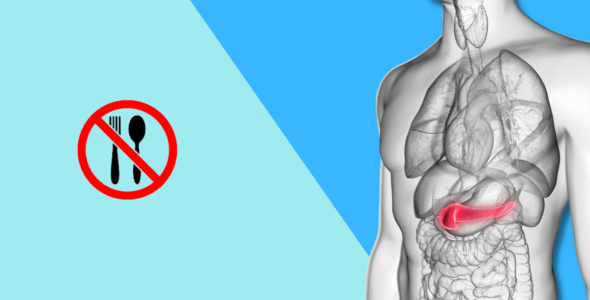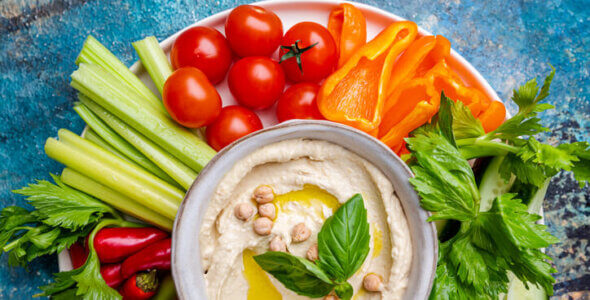Can diabetics eat fruit?
Table of contents
The simple answer is yes, but we need to look at this deeper. Fruit can be part of a well-balanced diet for diabetics, having said that, if you are diabetic, you will need to be careful how much fruit you consume. Fruit is rich in carbohydrates and diabetics can have a difficult time breaking them down and digesting them normally. In the past, people with diabetes would simply be told to avoid eating fruit. Carbohydrates in fruit are broken down into simple sugars, impacting blood sugar levels directly – that is why the fruit you eat needs to be considered carefully. It is important to learn which fruits affect you the most.
Fruit and diabetes
The main type of nutrient that raises blood glucose levels is carbohydrates. Carbohydrates are found mainly in starchy and sugary foods including fruit. When broken down carbohydrates become simple sugars called fructose. Fructose enters the bloodstream and is metabolized quickly by the liver. In the process of it being broken down, fructose is capable of bypassing an enzyme that signals when cells have had too much sugar. Fructose can raise your blood sugar levels, but does this mean that fruit is bad for diabetics? The answer is no, but consideration does need to be taken on the type of fruit you eat.
The glycemic index of fruits
For a person with diabetes, one way to select safe and suitable fruits and other high-carbohydrate foods is to check the glycemic index (GI). To provide energy carbohydrates must be changed into glucose. Some are converted quickly (high GI foods) and some are converted slowly (low GI foods). Carbohydrates can be grouped into three groups – high, medium, and low GI foods. This is known as the glycemic index of foods. It is measured on a scale from 1 to 100. According to the American Diabetes Association (ADA) glycemic index scores are rated as; low 55 or below, moderate 56-69, and high 70 and above. Foods that digest rapidly cause less harm to your system and have a low glycemic index.
The glycemic load (GL) is another measurement that diabetics need to be aware of. It looks at how different serving sizes of different foods compare to each other. The combination of a low glycemic index and a low glycemic load is better for helping to control blood sugar levels in diabetics.
A note on fiber
The fiber in the body keeps your body in good working order. It passes through your body undigested and therefore adds no calories. Fiber is either soluble or insoluble and having a variety of both is good. Soluble fiber can dissolve in water and can lower blood glucose and fat levels (mainly cholesterol). Insoluble fiber also called ‘roughage’ cannot dissolve in water and helps prevent constipation. Foods containing fiber like fruit have been shown to create a feeling of fullness meaning you may eat less food and have fewer food-based cravings. As fiber is undigested by the body it does not affect your blood sugar levels. This is a benefit in managing your diabetes.
Best fruits for diabetics
The best fruits are those that have a low glycemic index, of 55 or less:
- Apple
- Banana
- Strawberries
- Blackberries
- Pear
- Peach
- Cantelope
The most important aspect of these low glycemic index foods is that they are slow energy-producing carbohydrates and they contain fiber.
Fruits to avoid with diabetes
- Pineapple
- Raisins
- Figs
- Grapes
- Mangoes
- Watermelon
These fruits have a high glycemic index value therefore should be avoided as they cause a spike in blood sugar levels.
Best ways to eat fruit
- Watch your portion sizes, especially with dried fruit
- Choose fresh or frozen fruit when you can
- When you eat dried or processed fruit, check the label
- Go easy on the fruit juice. It’s high in carbs
- Spread your fruit out over the day
How much fruit should you eat?
When deciding how much fruit to eat the glycemic index (GI) and glycemic load (GL) need to be considered. Eating low GI food will keep your blood sugar under control but the portion you consume will affect it too. A large serving of low GI food will usually raise your blood sugar as much as a small amount of high GI food. For example, a pear has a GI of 38 but a GL of 4, which is low. A candy bar with a GI of 55 may have a GL of 22 which is high. Being aware of both the glycemic rating and glycemic load can help you to avoid carbohydrates that absorb too quickly into your system.
In general, a single portion of fruit is one piece of whole fruit or a 1/2 cup of sliced fruit. This contains roughly 15 grams of carbohydrates, which is considered one carb serving. Most adults with diabetes should eat 3 to 4 carb servings per meal and 1 carb serving per snack, though you should check with your doctor to develop an individualized eating plan.
The serving size varies depending on the fruit. 15g of carbs from different fruits looks like this:
- ½ medium apple or banana
- 1 cup of blackberries or raspberries
- 3/4 cup blueberries
- 1 ¼ whole strawberries
- 1/8 cup raisins
Health benefits of fruit
Fruit is high in fiber, nutrients, and oxidants as well as providing a great number of vitamins, minerals, and phytochemicals. Phytochemicals are powerful plant compounds that can help lower your risk of heart disease, cancer, and stroke, which is an added bonus because diabetics are normally at higher risk of these conditions. The fiber in fruit also gives you that feeling of fullness and helps to slow down your digestion. Eating fruits will help you to avoid overeating and to maintain a healthy body weight.
Fruit and diabetes FAQs
Can diabetics eat bananas?
Bananas like any other fruit need to be considered carefully by diabetics. As a rule, the more green the banana is the less sugar and more fiber it contains. And it won’t cause a spike in your blood sugar. The amount of sugar in a banana depends on its size and its ripeness.
Is cantaloupe good for diabetics?
Yes, cantaloupe is good for diabetics as the high amount of liquid provide a low glycemic load which means that your body digests it slow and it won’t cause a spike in blood sugar.
Are cherries good for diabetics?
While cherries can be a tasty and healthy part of your diet as cherries contain vitamin C, fiber and potassium, based on the glycemic index of cherries, it is advisable to portion control when eating cherries.
Can type 2 diabetics eat fruit?
Yes. When choosing which fruit to eat consider its glycemic index and portion size – this is important.
Should diabetics eat grapes?
If you would like to eat grapes you can! As with any fruit you need to take into account its glycemic index. 1 cup serving of grapes is a sensible amount for you to eat.
What fruit has the most sugar?
- One whole mango – 45g of sugar. Maybe eat a few slices instead.
- Grapes – 1 cup has 23g of sugar. You could slice them in half and freeze them to make them last longer.
- Cherries – 1 cup has 18g of sugar
- Pear – medium-sized has 17g of sugar
- Watermelon – medium wedge has 17g of sugar
What should diabetics eat for breakfast?
Studies have shown higher protein, higher fat, lower carbohydrate breakfasts are best for diabetics. This can help to improve your blood sugar control throughout the day and help with weight loss. A good breakfast should consist of fiber e.g wholegrain bread or oatmeal, lean protein such as eggs or fish, healthy fats, found in avocado or coconut, and non-starchy vegetables like leafy greens or peppers. For breakfast recipes visit Diabetes Food Hub in association with the American Diabetes Association.
What vegetables should diabetics avoid?
Vegetables are divided into two groups; starchy and non-starchy vegetables. Starchy vegetables such as potato, corn, peas, butter squash, and vegetable juices are higher in carbohydrates so should be avoided by diabetics.
What food lowers blood sugar?
Blood sugar can be lowered by a number of different foods; broccoli, seafood, pumpkin seeds, nuts, nut butter, okra, flaxseeds, beans and lentils, and kimchi are to name a few.
What should diabetics not eat?
It is a good idea to avoid some of the following foods as a diabetic; sugary beverages, trans fats (found in peanut butter, creamers, crackers) white bread, white rice and white pasta, fruit-flavored yogurt, and sweetened breakfast cereals. These foods can all increase your blood sugar levels.
Medically reviewed
A medical professional has reviewed this article.


Jamie Winn, PharmD
Jamie Winn, PharmD
Dr. Jamie Winn received his Doctor of Pharmacy in 2002 from the University of South Carolina College of Pharmacy, Columbia, SC. Jamie is a medical reviewer for NiceRx.

